Research Methodology
- Services
- Research Methodology
What we do?
Research Methodology
OMR is specialized in identifying historical trends, calculating accurate Compound Annual Growth Rates (CAGR), and anticipating future market potential by different therapeutic areas, manufacturing technologies, and geographies. Through a combination of expert insights and powerful analytical tools, we help our clients to forecast market changes and make informed decisions. We bring together primary and secondary research methods to deliver a comprehensive analysis of market dynamics, segmental performance, and regional developments.
Secondary Research
The secondary sources stated for this research study include White Papers, Case Studies, Blogs, Reference Clients, News, Articles, Press Releases, Research Reports, Annual Reports, Company Investor Presentations, Scientific Journals, Industry Associations, National Customs, and the company’s filings with the SEC. Secondary data is collected and analyzed to reach the overall market size. Secondary research is mostly used to obtain key information about the industry’s supply chain. With this, the total pool of key players and market segmentation according to the industry trends is obtained. In addition, secondary research is performed to obtain key developments from market-oriented perspectives.
Sources for Secondary Research
- Government Sources: Utilizing data from official government publications.
- Directories: Extracting information from relevant industry directories.
- Industry Journals: Analyzing articles and reports in industry-specific publications.
- Databases: Accessing databases containing relevant market information.
- Corporate Filings: Examining annual reports, press releases, investor presentations, and financial statements.
Paid Data Sources for Secondary Research
- Dun & Bradstreet
- ZoomInfo
- LinkedIn Sales Navigator
- Datanyze
- Statista
- Euromonitor
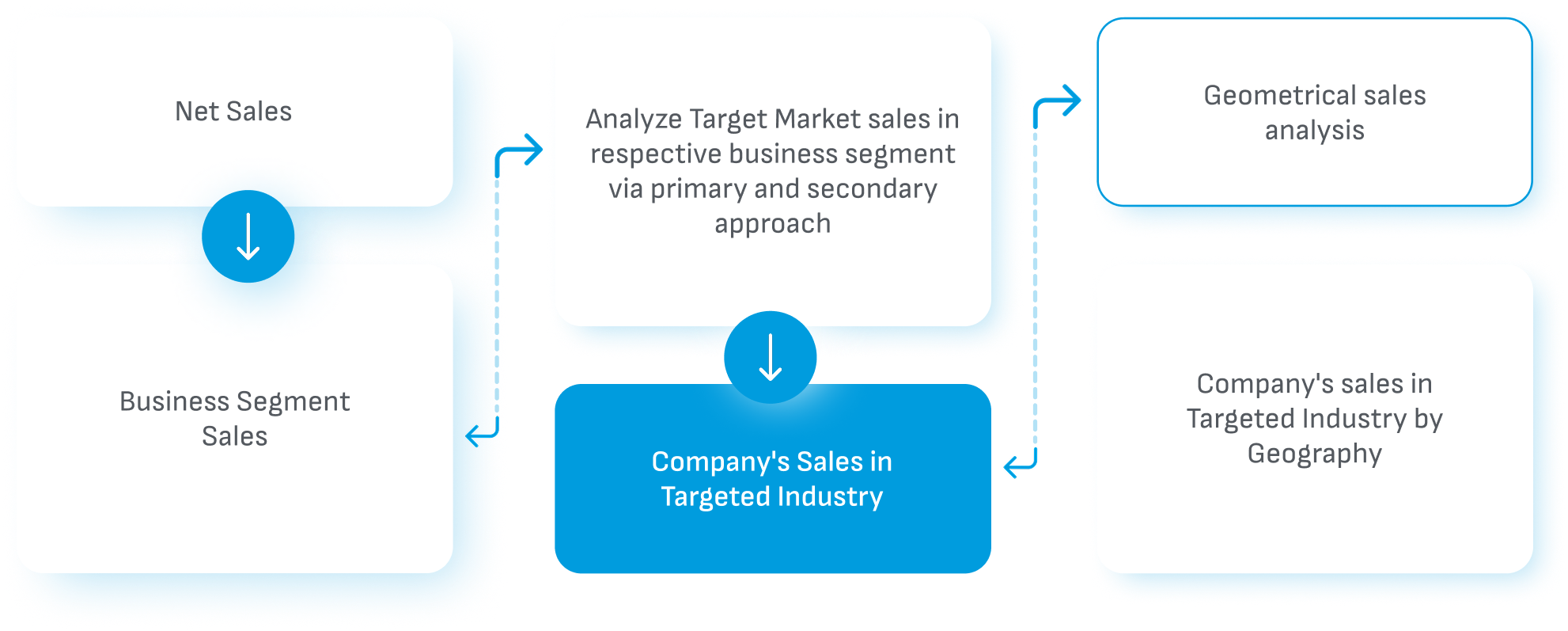
Primary Research
The primary research respondents in this study were categorized based on company tier, designation, and region.
- By company classification, they were grouped into Tier 1, Tier 2, and Tier 3 companies.
- By designation, respondents were classified into Director Level, C-Level executives, and other roles.
- By geography, they were divided into North America, Europe, Asia-Pacific, and the Rest of the World (ROW).
By Companies
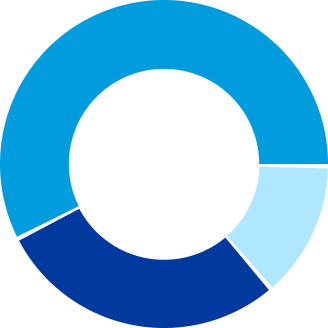
- Tier 1
- Tier 2
- Tier 3
By Designation
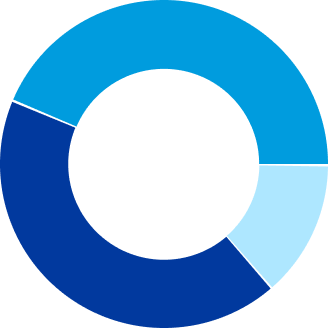
- C Level
- Director Level
- Others
By Region
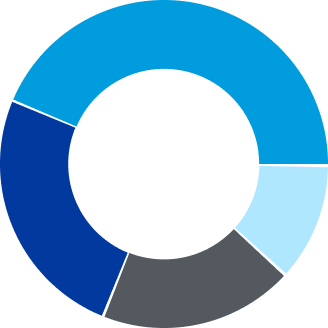
- North America
- Asia-Pacific
- ROW
- Europe
Our Process
- Understanding Customer Requirements: Our research process starts with interacting with the client to have a proper understanding of their requirements. Our analysts determine the information needed, such as competitive analysis, market sizing, regional segmentation, or trend forecasts, and identify the areas of focus, and agree on deliverables.
- Project Outline and Turnaround Time: After the requirements are well-defined, our team creates a project roadmap. This involves a methodology, segmentation criteria (e.g., by synthesis type, therapeutic area, region), data collection tools, and turnaround time aligned with the client's strategic timelines.
- Historical Market Calculation and Forecasting: Utilizing both primary data (industry interviews, expert validation) and secondary data (company reports, industry publications, regulatory databases), we estimate historical trends in the Active Pharmaceutical Ingredients (APIs). We forecast market expansion, segmental performance, CAGR, and innovation trends by manufacturing practices (synthetic vs. biotech APIs), geographies, and application sectors.
- Systematic Arrangement: The collected information is organized, analyzed, and presented in a logical and readable report format. Visualizations, infographics, flowcharts, and executive summaries are included to make it clear and easy to understand for decision-makers and stakeholders.
- Quality Check: Prior to final delivery, the report passes through a severe process of quality control by our editing team and is checked by senior research analysts. Each fact, figure, and conclusion is cross-checked to ensure that it adheres to the high standards that our clients expect from the global healthcare and pharma ecosystem.
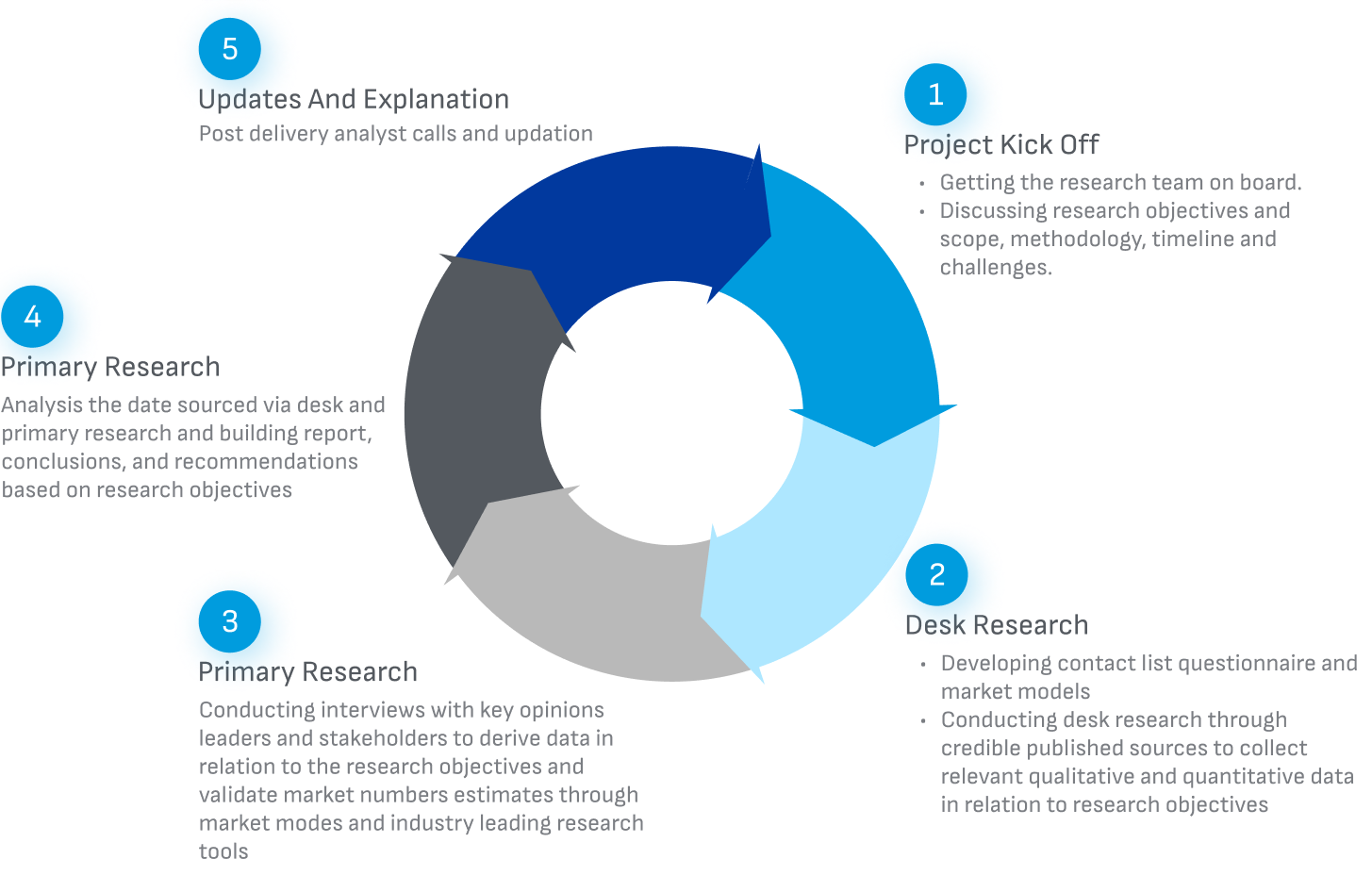
Key Approaches for Market Research
Our hybrid model combines the top-down and bottom-up approaches. The top-down approach assesses the overall market and growth patterns from the supply side, while analyzing global API production trends, manufacturer outputs, and trade volumes. The bottom-up approach captures demand-side dynamics, focusing on consumption trends, end-user applications, therapeutic area requirements, and regional demand.
Goal of the Report & Intended Audience
The goal of our API report is to deliver a comprehensive evaluation of the global and regional API markets. The research dives into both qualitative insights and quantitative data for adaptogens providers, investors, distribution companies, and other stakeholders. By integrating several analytical models and a 360-degree perspective, our report helps you to make informed, data-backed decisions, decrease risks, and uncover high-potential opportunities in the dynamic API landscape.
How can we help you?
Reach out to discuss how our team can help your business achieve real results.

